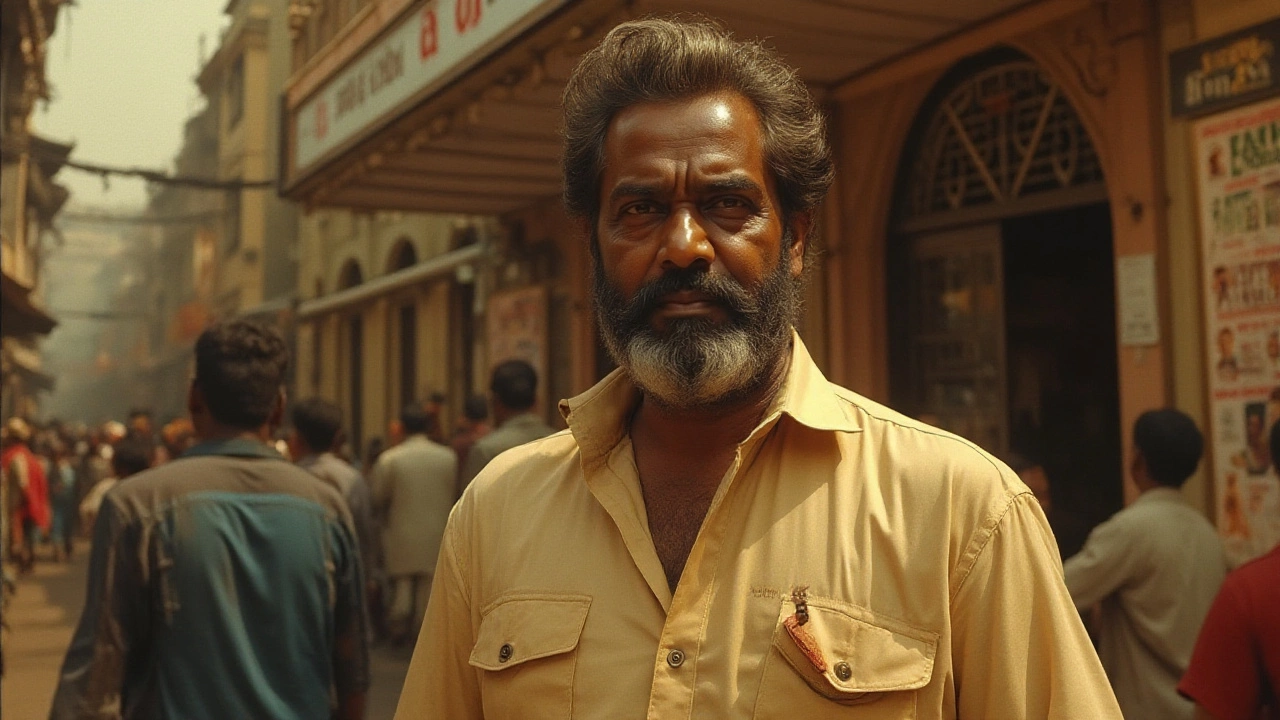
If you ask film fans anywhere in South India, "Who is the godfather of Tamil cinema?" you won't get an answer overnight. It’s one of those debates that stirs up passions, splits families at the dinner table, and even gets the older crowd misty-eyed. Some might toss around names like MGR, Rajinikanth, or Kamal Haasan. But when you really dig deep, there’s one name with a legacy that's impossible to ignore: Sivaji Ganesan. No one before or since has left quite the same mark on Kollywood’s history. So, how did this one man become the face, the soul, and yes, the godfather of Tamil cinema?
The Roots of Tamil Cinema: A Story Bigger Than One Man
Tamil cinema didn’t spring up overnight, and it sure wasn’t built by one star alone. The seeds were sown in the early 1900s, with the silent film era tiptoeing into the hearts of Madras (now Chennai). In 1916, "Keechaka Vadham" became the first Tamil silent feature. Everything back then was basic: single-camera setups, hand-cranked projectors, and scripts that would fit on a napkin. Actors learned their craft on stage, and movies often mirrored mythological tales—epics everyone already knew. No sound, no frills, just pure drama.
The 1930s brought sound to the stage, with "Kalidas" roaring in 1931. Directors and writers scrambled to adapt stage conventions for film. New genres popped up: social dramas, comedies, tearjerkers, and even thrillers with wild chase scenes. But behind every great film was a pioneer who shaped what Tamil cinema could be. Filmmakers like K. Subrahmanyam, K. Balachander, and A. V. Meiyappan were like architects, laying out strong foundations. They weren't godfathers in the mob sense, but they mentored, risked money, and broke rules when it mattered most.
Tamil cinema didn’t stay in a bubble, either. The world wars and the Great Depression hit everyone hard. Still, people flocked to the theaters. Why? Because the stories reflected real struggles—caste, poverty, and class. Directors peppered in clever dialogues, emotional payoffs, and song-dance sequences that became templates for Indian cinema as a whole. The 1940s and 1950s—post-Independence—were a golden age. Stars went from actors to icons. Songs from those films, sung by legends like T.M. Soundararajan, still echo through radios across Tamil Nadu during festival times.
If there’s something to learn from these early days, it’s this: greatness takes a village, but every village remembers its chief. And in Tamil cinema, the chief who truly led the charge, who inspired the next generations, is often pointed out as Sivaji Ganesan.
Sivaji Ganesan: The Man Who Changed Everything
Born as Villupuram Chinnaiahpillai Ganesan in 1928, Sivaji Ganesan’s journey is almost mythological itself. He started on the stage, performing at just eight years old. His big break came in the drama “Sivaji Kanda Indhu Rajyam,” where his performance as Emperor Sivaji was so convincing that "Sivaji" stuck as his nickname for life. In 1952, with his film debut "Parasakthi," a new era dawned. Written by M. Karunanidhi, the dialogues were so sharp and bold that the audience was shocked and fascinated in equal measure. The film dealt with social justice, family drama, and faith—and it was banned briefly because it dared to talk straight about religion and class.
Sivaji didn’t just act. He performed, he embodied, he lived his characters. Directors knew that with Sivaji, they'd get something new every time the camera rolled. He could scream, whisper, cry, and even laugh—all in a single scene, without missing a beat. Fans recall stories where he memorized entire scripts backwards, so he could improvise lines and still stick to the core emotion. It’s no exaggeration: Sivaji Ganesan acted in over 300 films across five decades, and every performance felt like a masterclass.
Stats back this up. Between 1952 and 1976, Sivaji averaged close to six films a year. He wasn’t just prolific—his movies consistently drew crowds and critics alike. So many of his films like "Veerapandiya Kattabomman" and "Karnan" became essential viewing, not just in Tamil Nadu, but everywhere Tamil speakers settled. In 1960, he was the first Indian actor to win a Best Actor award at an international film festival (Afro-Asian Film Festival, Cairo). Later in life, he earned the Chevalier from France and India’s own Padma Bhushan.
He brought a unique intensity to everything. His portrayals of flawed heroes, tragic kings, and ordinary men facing impossible odds showed that you didn’t need six-pack abs or superpowers to be a superstar. Sivaji simply made you believe. It’s why, even after his time, actors like Kamal Haasan and Rajinikanth cite him as “the actor’s actor.” Need proof? Here’s a quick look at the numbers compared to two other giants of the era:
| Actor | Active Years | Film Count | Major Awards |
|---|---|---|---|
| Sivaji Ganesan | 1952-1999 | 300+ | Chevalier, Padma Bhushan, National Film Awards |
| M.G. Ramachandran (MGR) | 1936-1977 | 120 | Bharat Ratna, National Awards |
| Gemini Ganesan | 1947–2002 | 200+ | Padma Shri |
What sets Sivaji apart isn’t just volume; it’s transformation. He went from loving husband to raging rebel to tragic king—sometimes in the same film. If you binge his movies today, you’ll see why critics still call him “Nadigar Thilagam,” or the pride of actors. No special effects, no slow-motion punches—just pure craft that stays fresh, even in 2025.
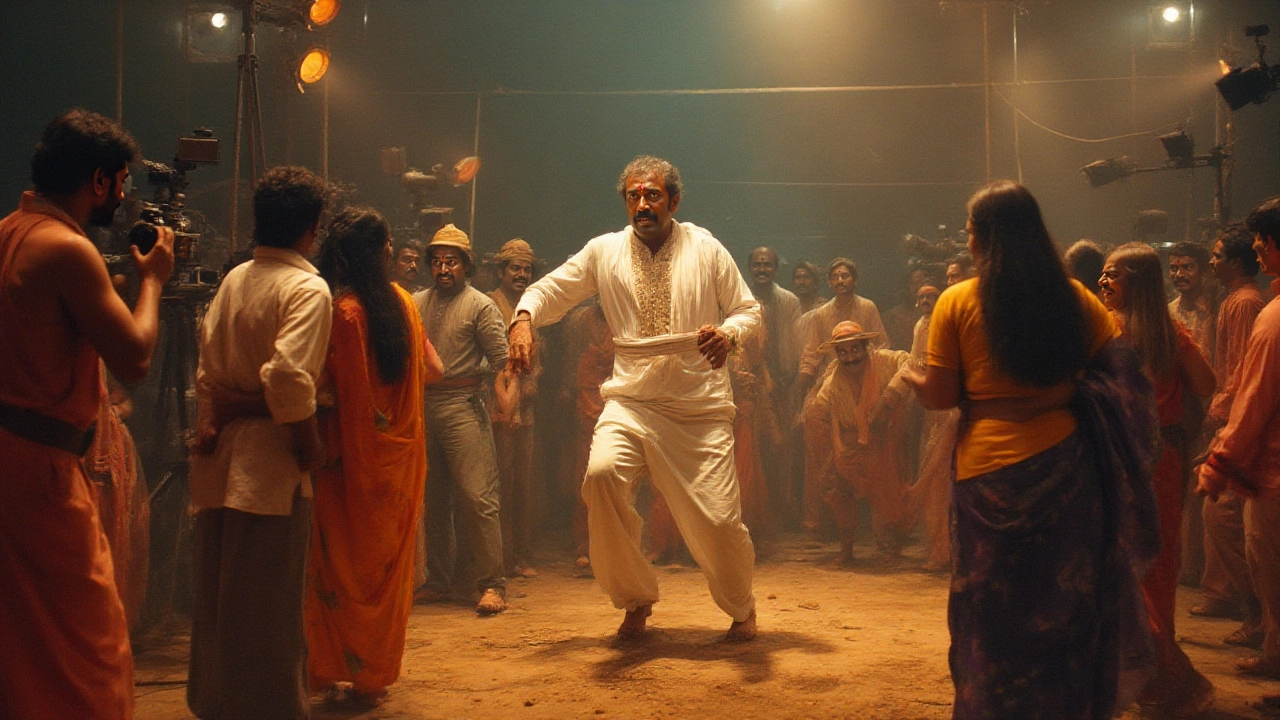
The Many Faces of a "Godfather" in Kollywood
Sure, every cinema industry loves its legends, but the word “godfather” means different things to different fans. In Tamil cinema, it isn’t just about who sold the most tickets or won the most trophies. It’s about who changed hearts, pushed boundaries and made an entire culture look at itself differently. While Sivaji Ganesan takes the cake by any reasonable metric, let’s not ignore some other giants whose shadows stretch across Kollywood.
M.G. Ramachandran, better known as MGR, was not just a superstar—he was a phenomenon. His heroic roles, focus on social justice, and rousing song-and-dance numbers created a template for the mass hero. MGR’s movies inspired people to dream bigger and fight for their rights. When he entered politics, his film fame powered him to become the chief minister of Tamil Nadu. Many argue he ran the state like he ran his films—always the hero, always the people’s man.
Kamal Haasan brings something else to the table: reinvention. He acts, writes, produces, directs—there’s nothing he hasn’t done. His willingness to experiment, take risks, and push the envelope bends the godfather title in a new direction. But Kamal himself points to Sivaji as the inspiration who started it all. It’s like tracing a family tree, and every big branch circles back to Sivaji.
Even today, actors like Rajinikanth, the so-called 'Superstar' of Kollywood, tip their hats to the foundations laid by Sivaji. Behind the big dialogues and slow-motion stunts, there’s an acting DNA that traces straight to him. Filmmakers like Mani Ratnam and writers like Sujatha routinely reference Sivaji’s films for dialogue delivery, scene structure, and emotional highs. The industry itself—the visual language, the moral dilemmas, the larger-than-life conflicts—still carries the imprint of Sivaji Ganesan’s prime two decades.
If you’re new to Tamil cinema or just starting to explore its golden age, watch a Sivaji drama side-by-side with today’s blockbusters. You’ll spot direct links. Dialogues in AR Murugadoss hits, musical cues from AR Rahman, and emotional climaxes in Atlee’s films often echo Sivaji’s approach. It’s like he left behind a recipe book, and every Kollywood chef is still using it—tweaking, remixing, but never ignoring the original flavor.
How the "Godfather" Title Keeps Evolving
"Godfather" sounds final, like the last word. But in Tamil cinema, the title keeps shifting shapes. Sivaji Ganesan may always be the iconic reference point, but new generations bring their own gods and legends. Today’s audiences want more than just power-packed performances—they want social relevance, sharp scripts, and new faces. Stars don’t just act, they tweet, produce their own web series, and sometimes run for office.
Here’s a fun fact: the 2023 Tamil industry raked in Rs. 2,000 crore in box office revenue, almost double what it did a decade earlier. Streaming giants are hunting for the next big project, and Tamil-language shows are trending globally. Industrialists and investors who once looked down on Kollywood are now backing mammoth productions, dubbing hits into every Indian language you can think of. As the stakes rise, the echoes of Sivaji’s craft actually become more relevant, not less. Audiences demand authenticity, and directors point to the honesty of the golden age for inspiration.
The "godfather" label inspires respect, but it also brings heavy expectations. When actors like Vijay Sethupathi or Dhanush are compared to Sivaji, they shrug it off, calling the legend “untouchable.” Still, they borrow from his style: elaborate monologues, raw emotion, and meticulous dedication to each role. If you look at recent National Award winners, you’ll see an unspoken pattern—actors who cut their teeth studying Sivaji’s films land right on top.
If you’re hoping to explore the roots of Kollywood greatness, start with these must-watch classics:
- Parasakthi (1952) – The film that set the template for socially conscious drama.
- Veerapandiya Kattabomman (1959) – Still studied for its dynamic oratory and historical accuracy.
- Karnan (1964) – An epic retelling that makes mythology feel immediate and personal.
- Thiruvilayadal (1965) – A dazzling mix of humor and ethos, with unforgettable dialogues.
- Navarathri (1964) – Sivaji plays nine characters, showing off his jaw-dropping range.
Truth is, every new superstar still lives in Sivaji’s shadow, whether they like it or not. They chase new heights, bend traditions, and create new fan rituals, but deep down, they’re following footsteps laid decades ago. As new gods are crowned and fresh faces light up the screen, the title of godfather doesn't stop with just one man. It becomes a legacy—bigger than stardom, bigger than awards. It’s about shaping a whole industry, and by that measure, Sivaji Ganesan still sits on the throne.

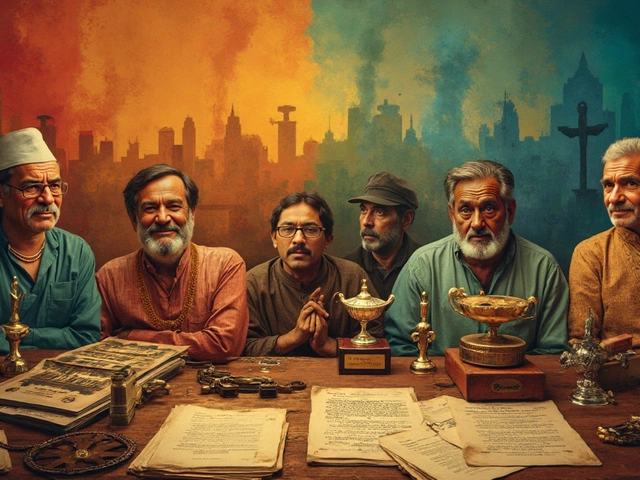
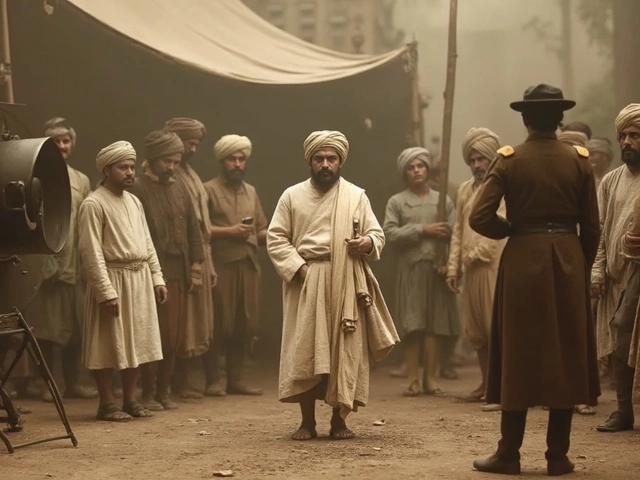

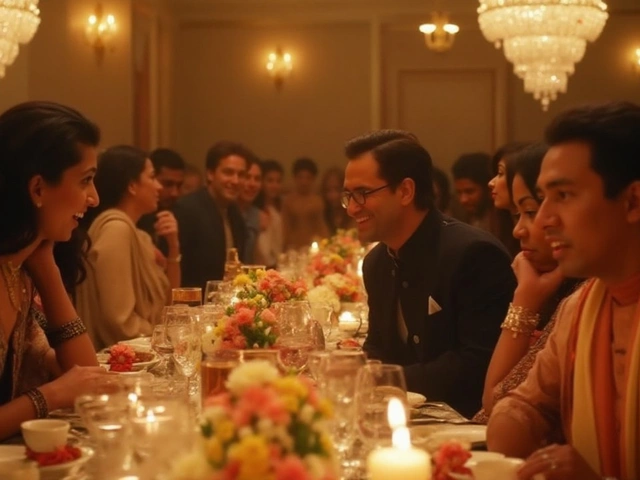
Write a comment